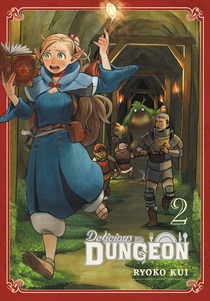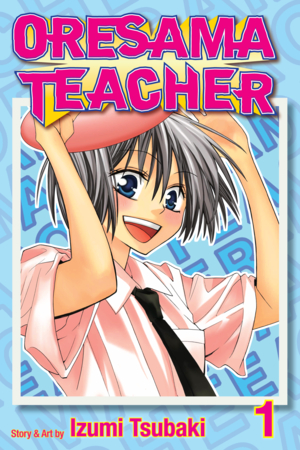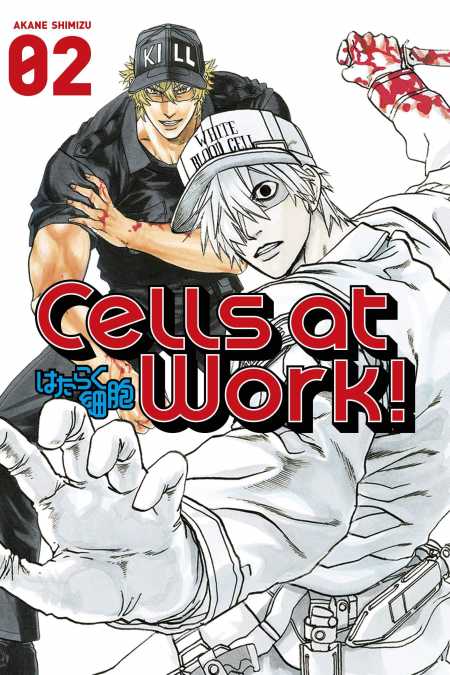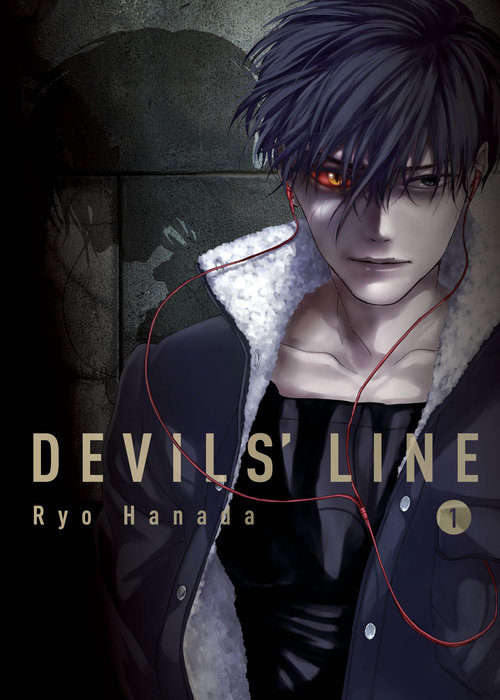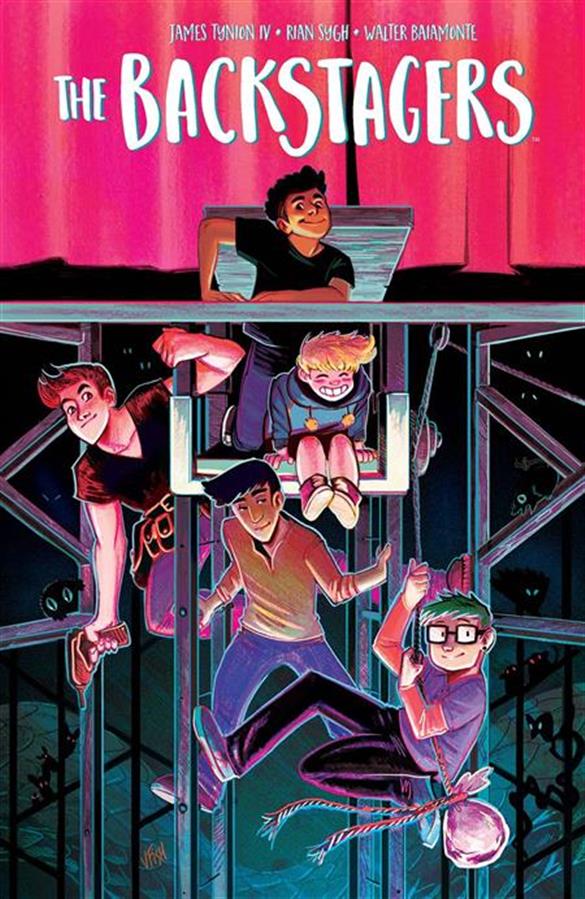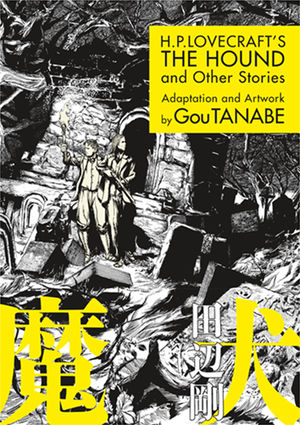My News and Reviews Last week at Experiments in Manga I posted August's Bookshelf Overload which lists the manga, comics, and other media that found their way into my home last month. Otherwise, it …
Continue Reading about My Week in Manga: September 11-September 17, 2017 →
